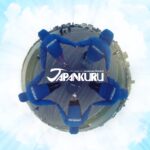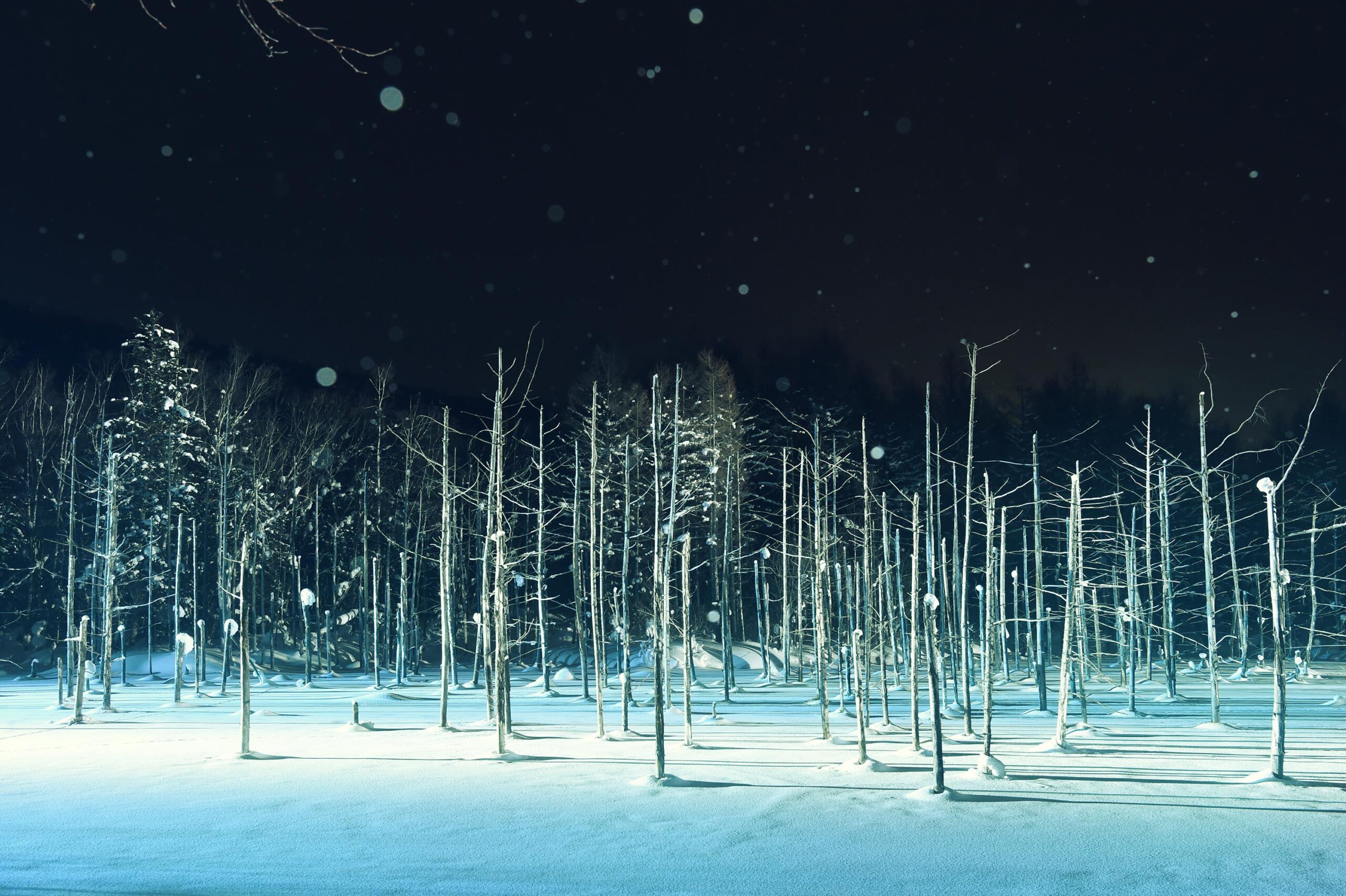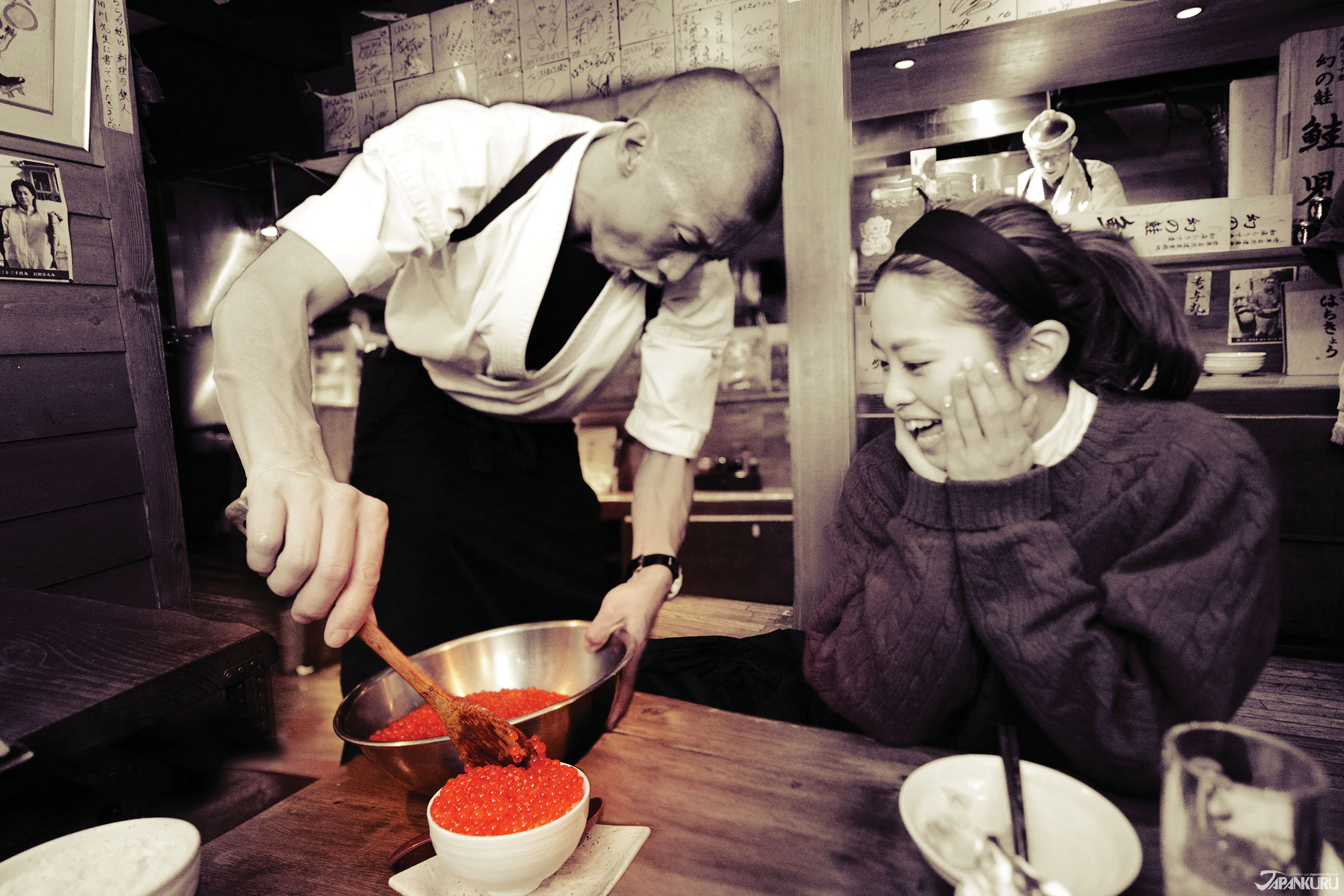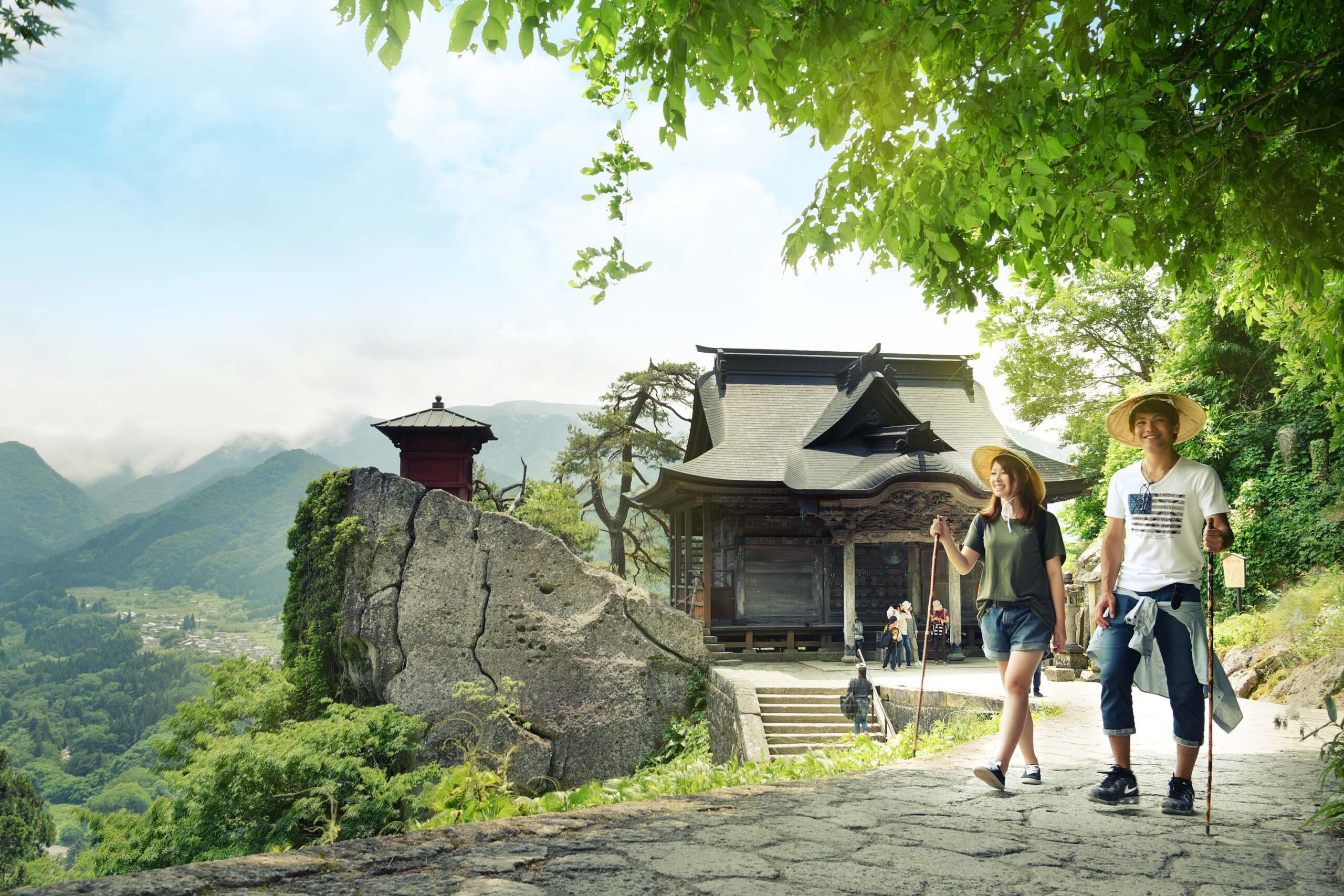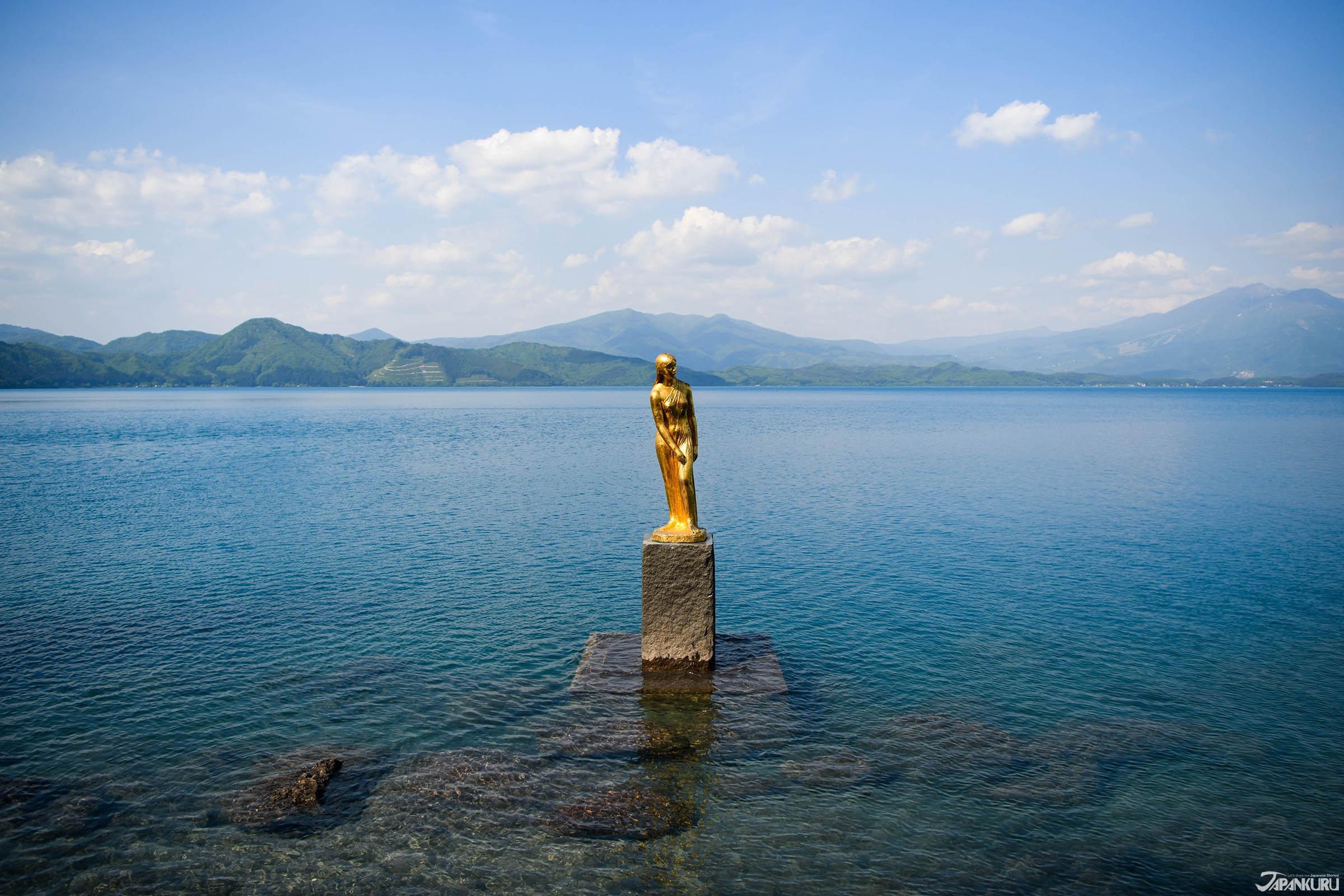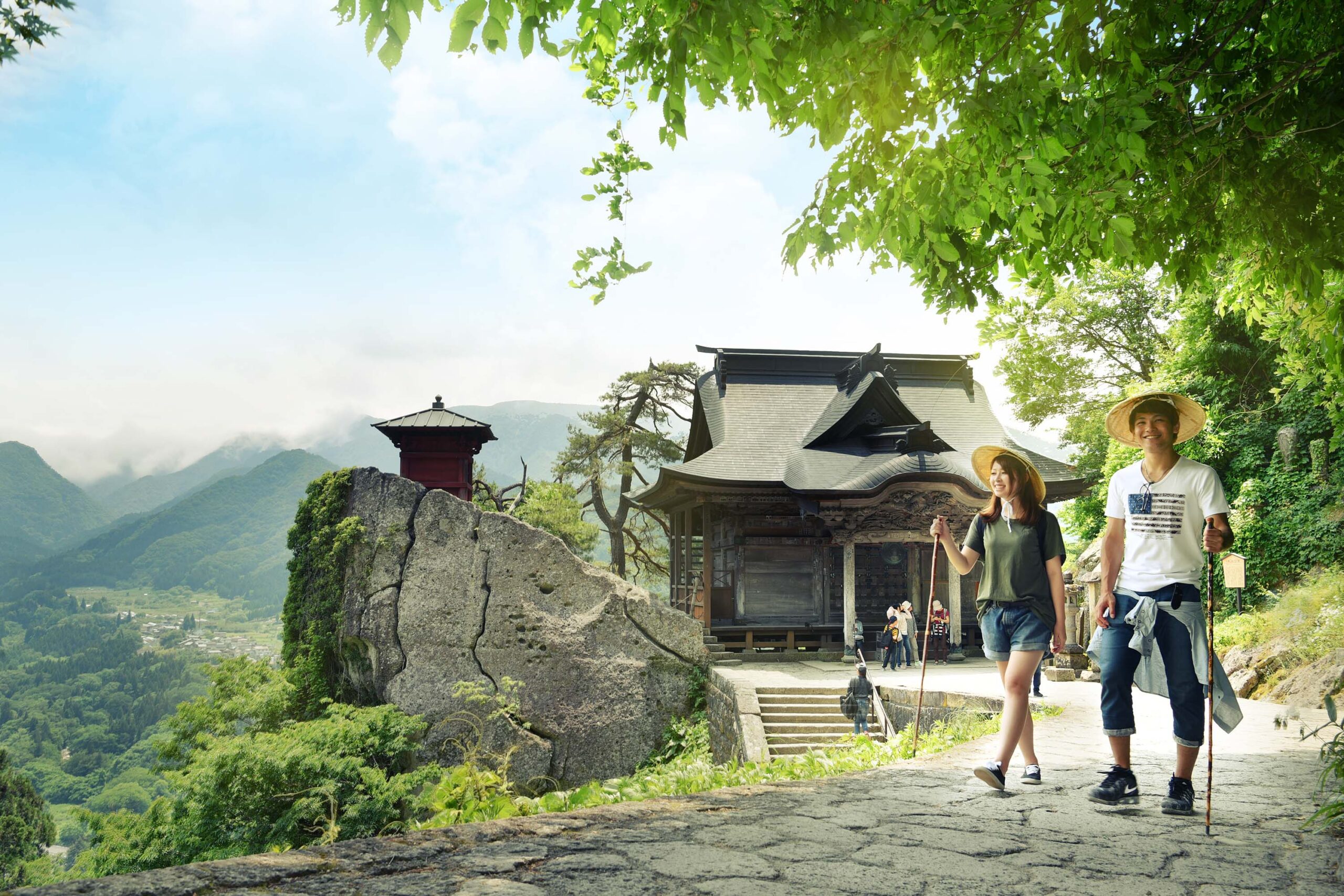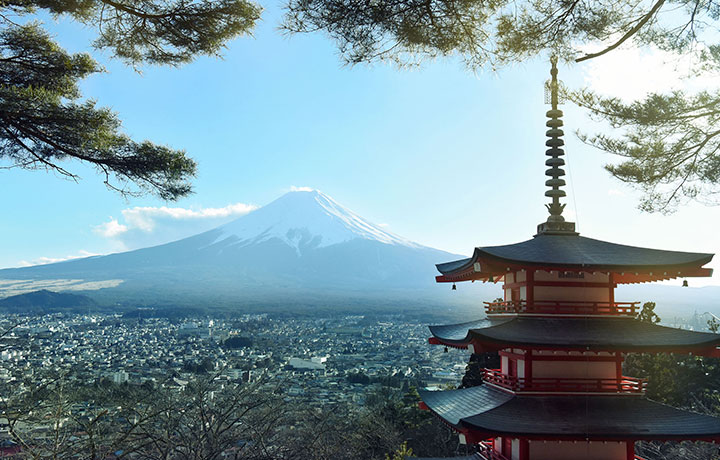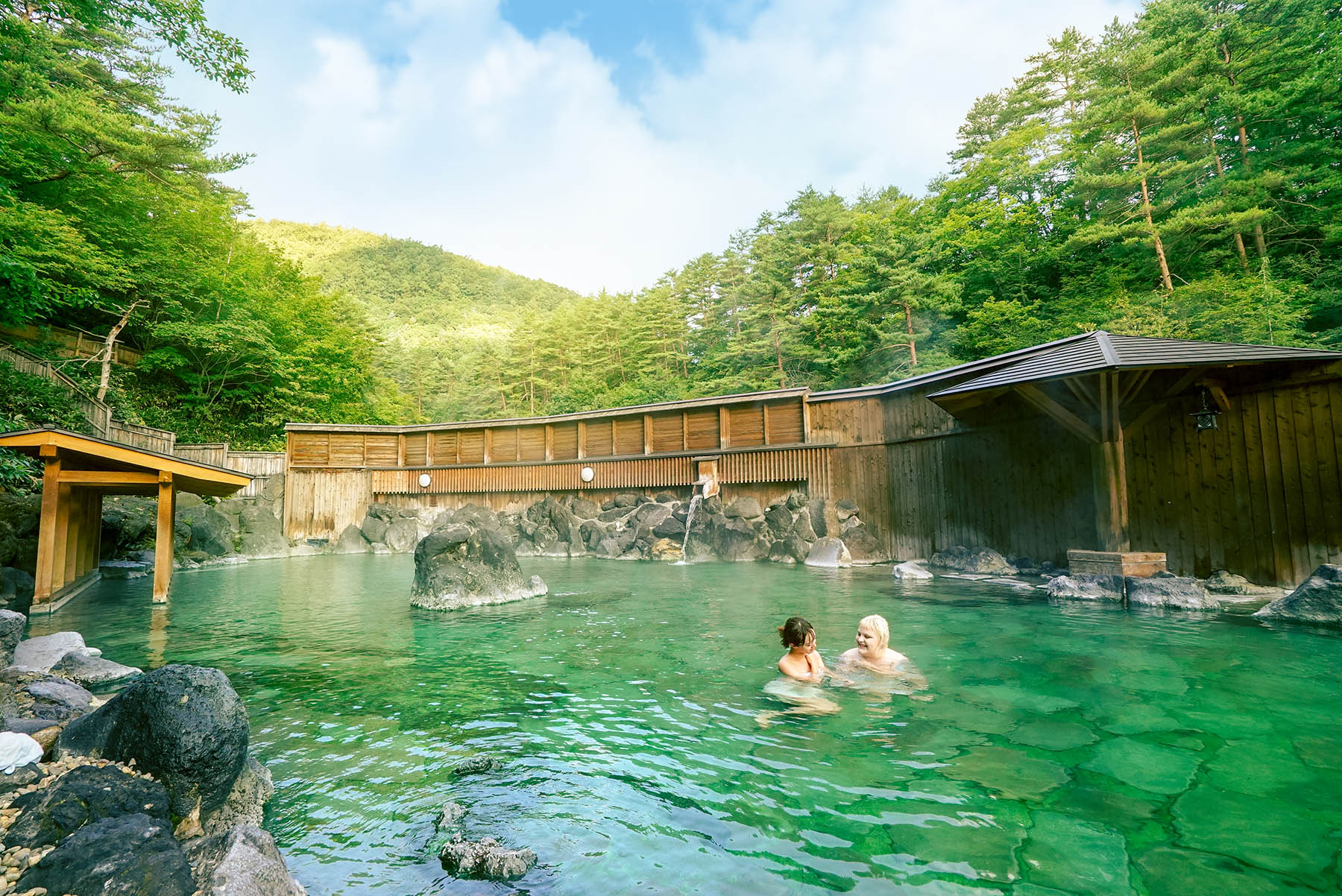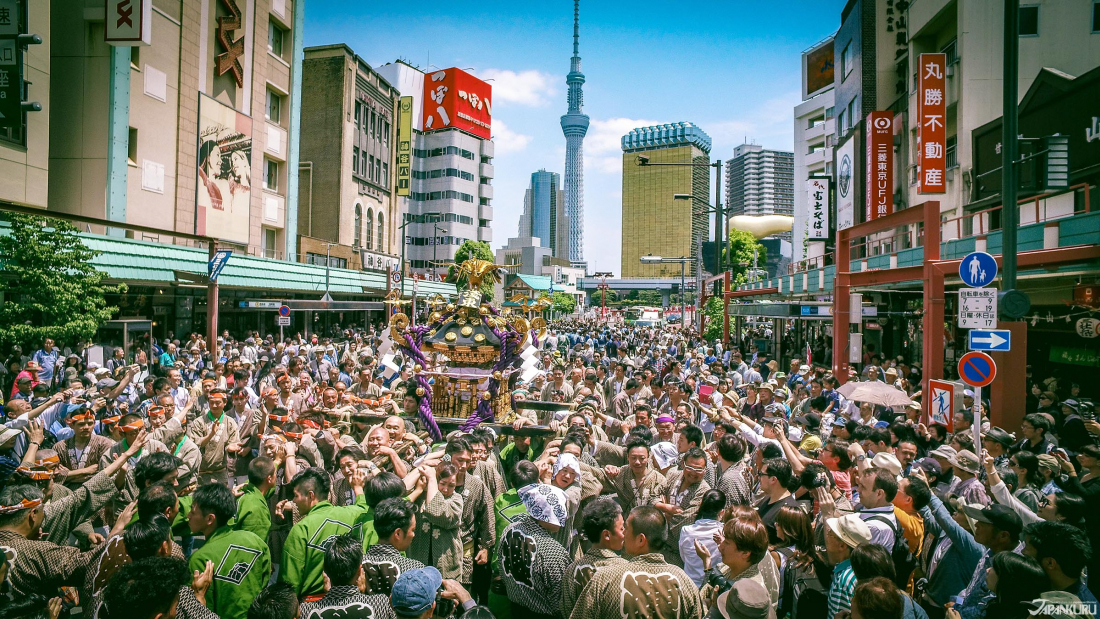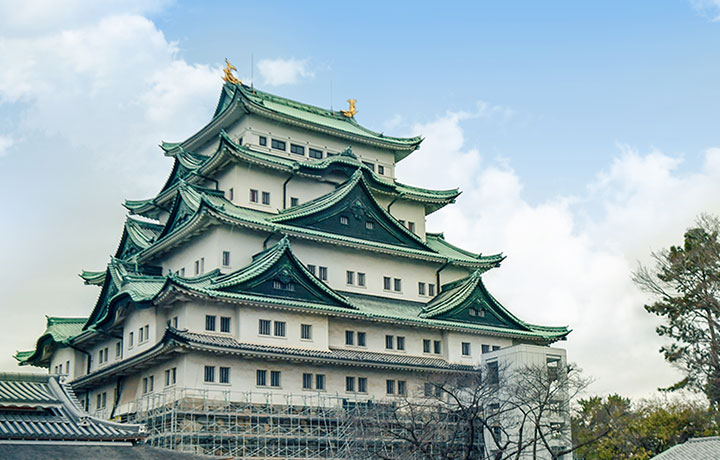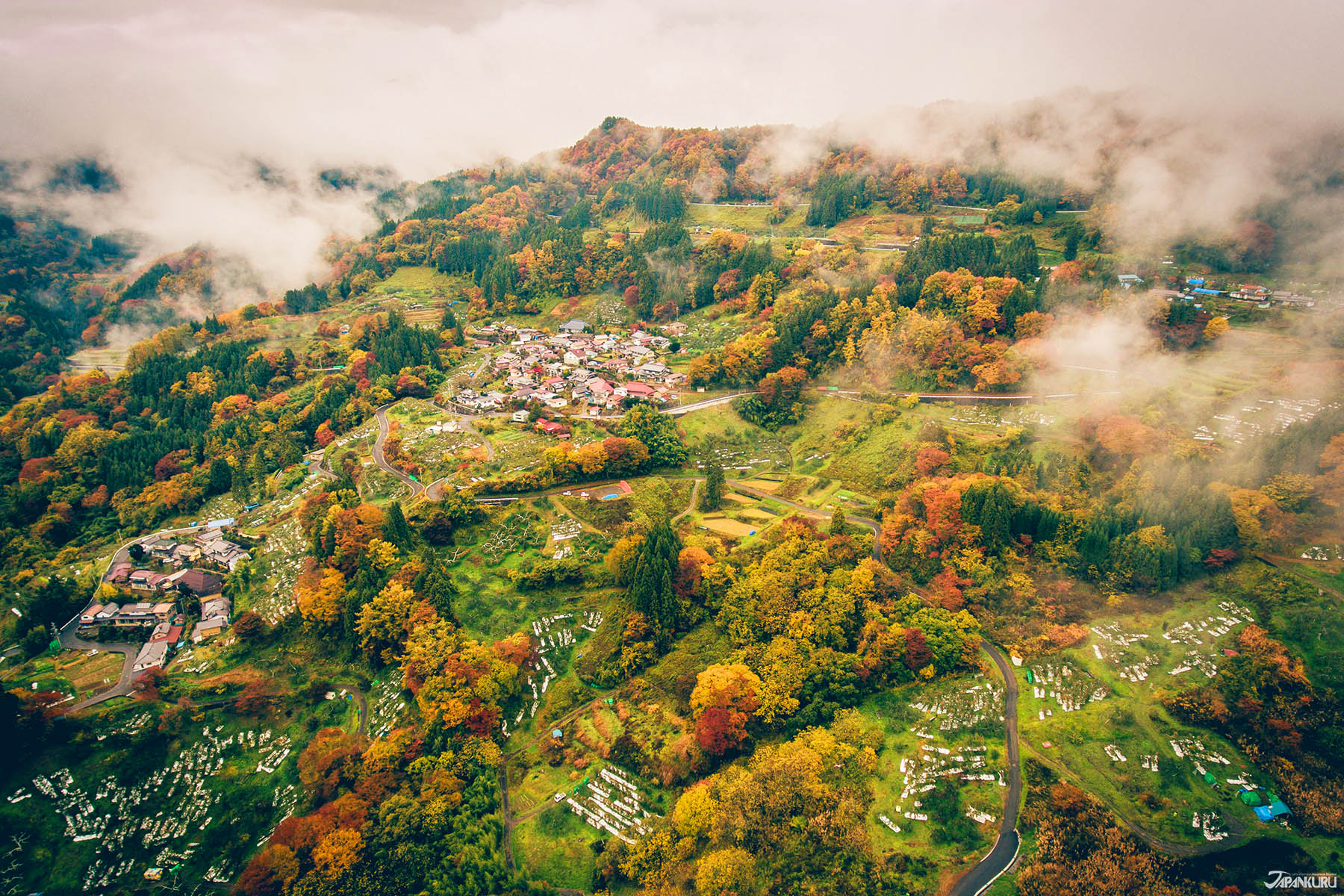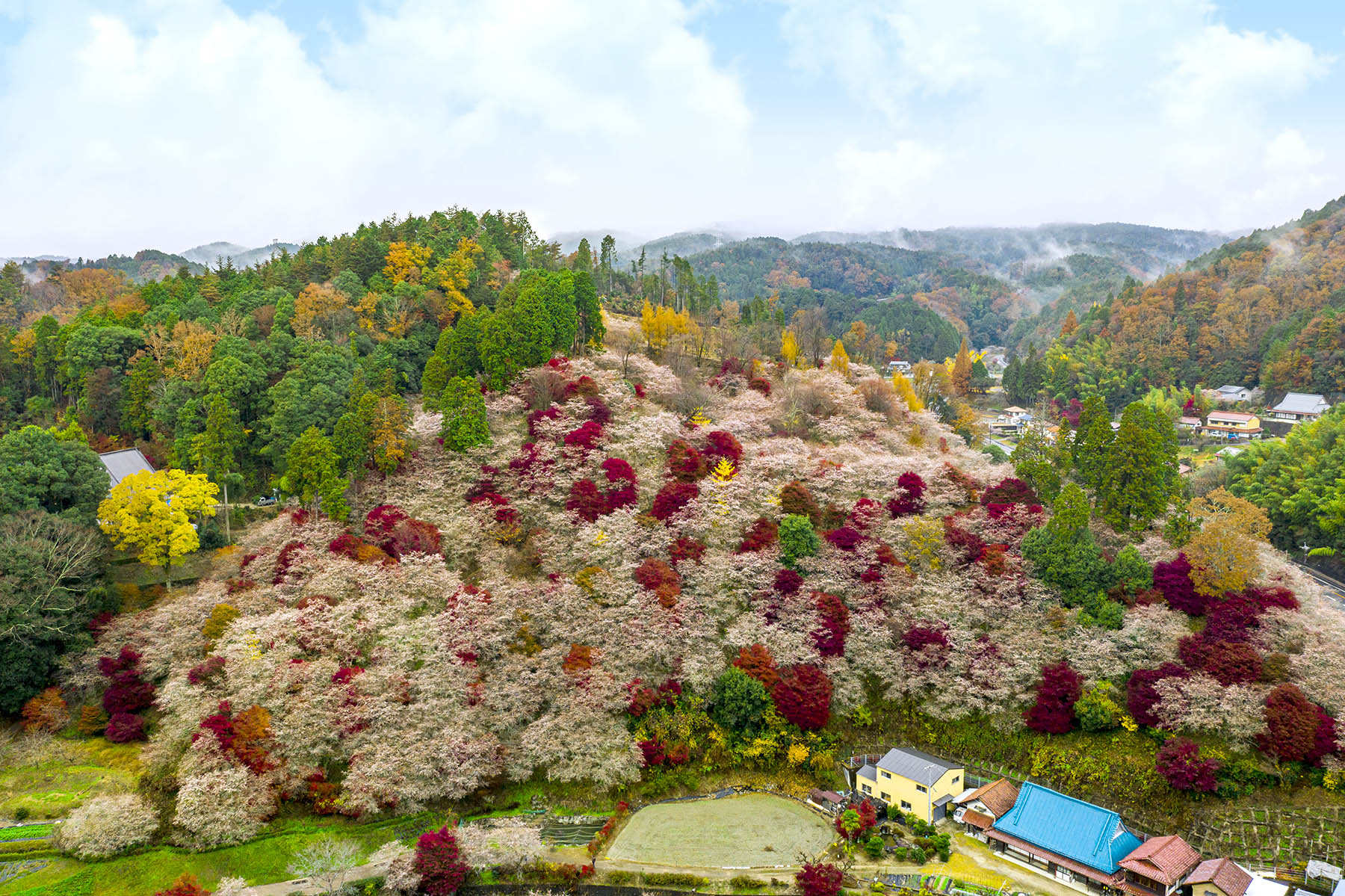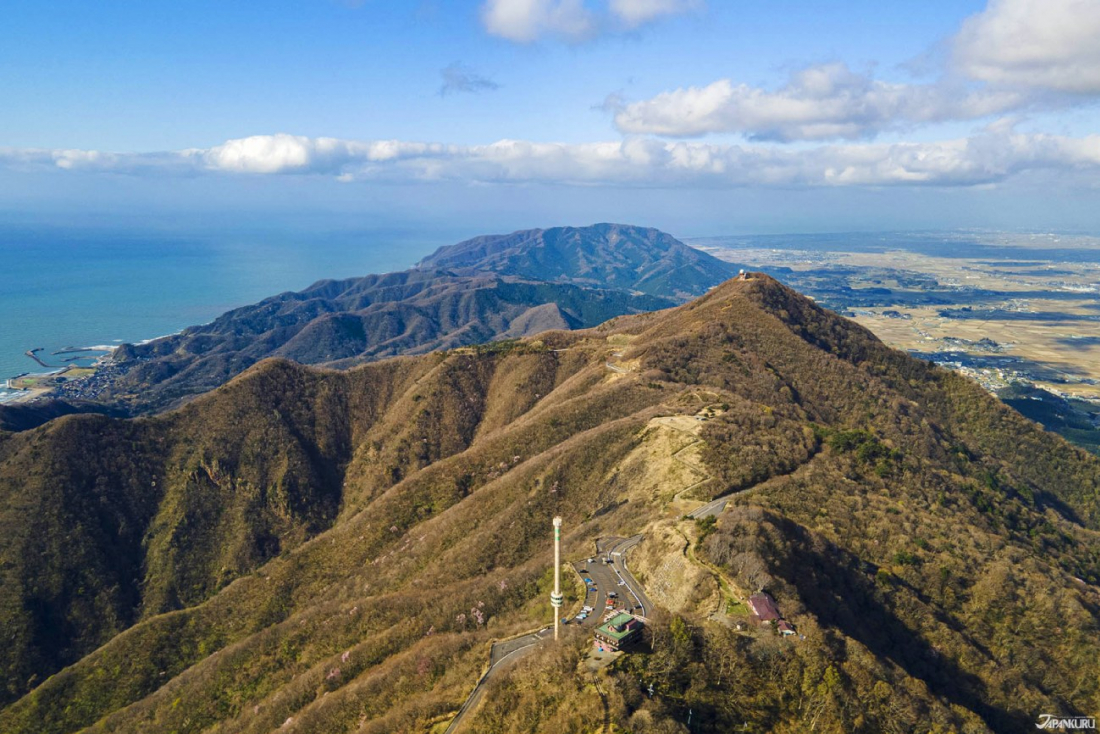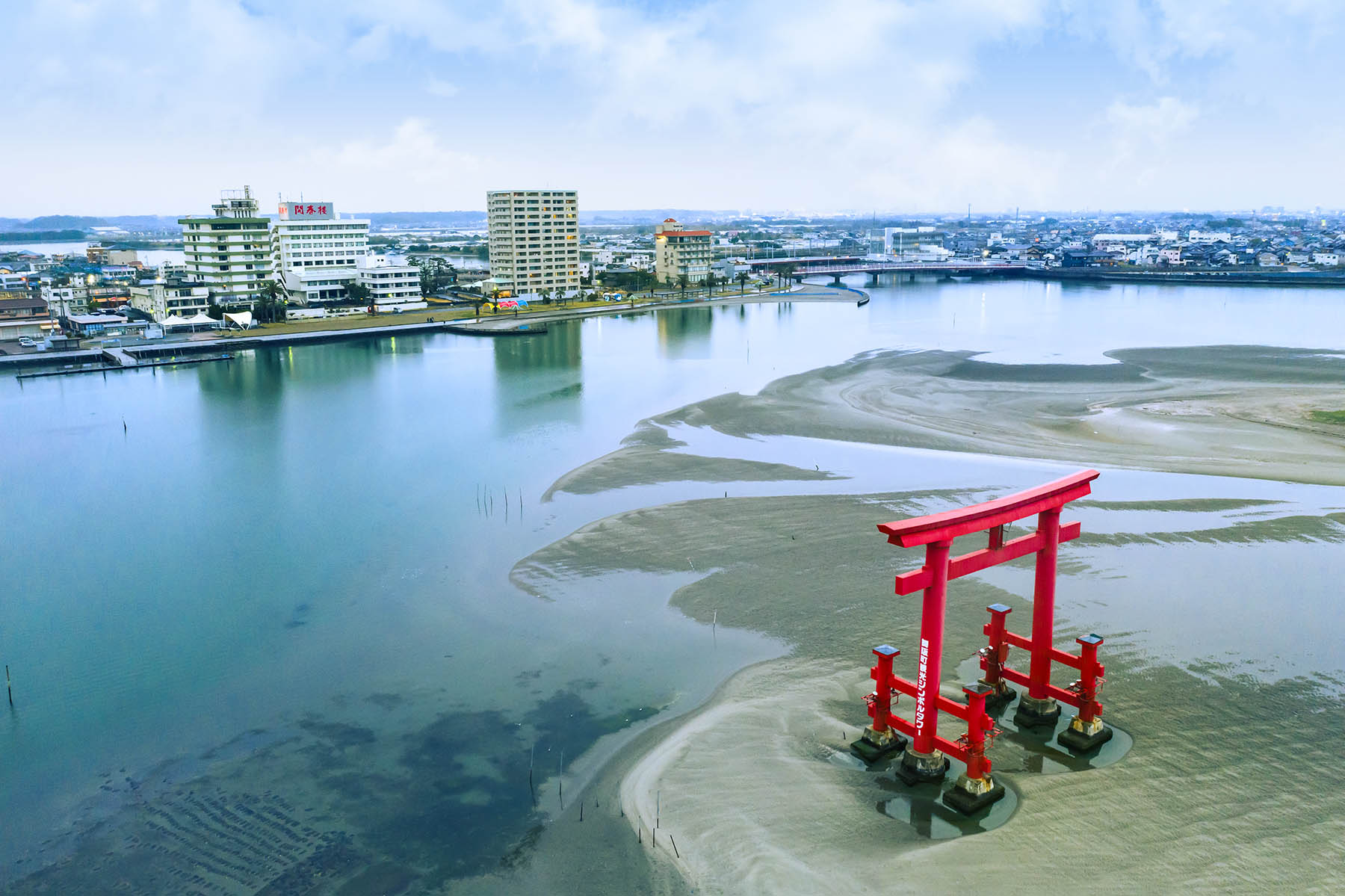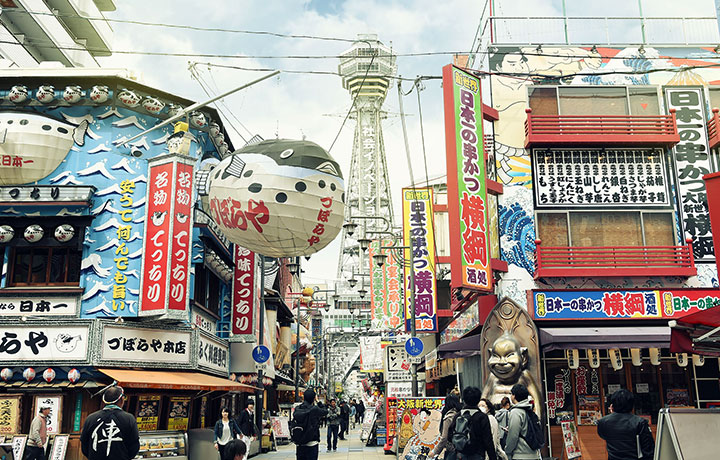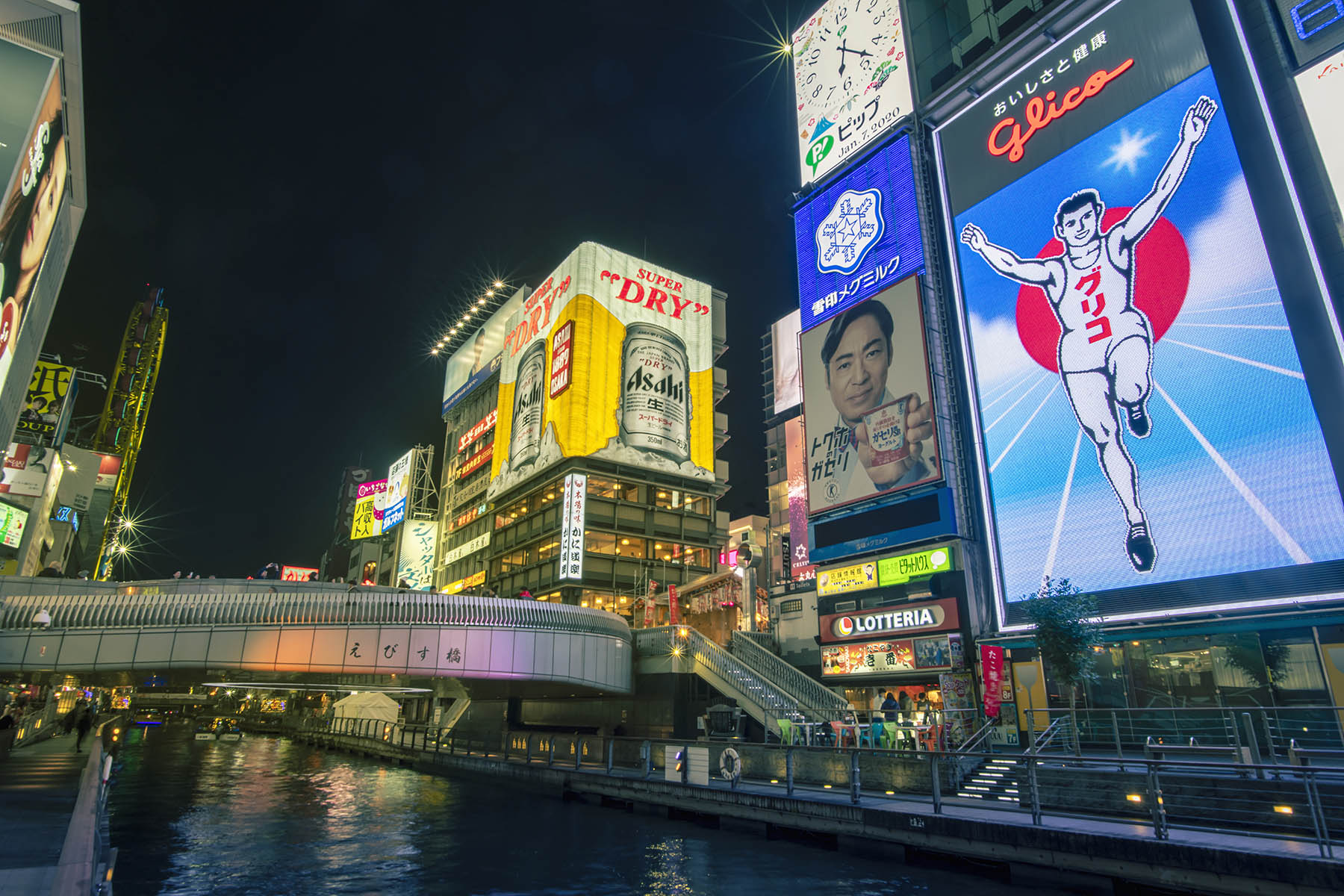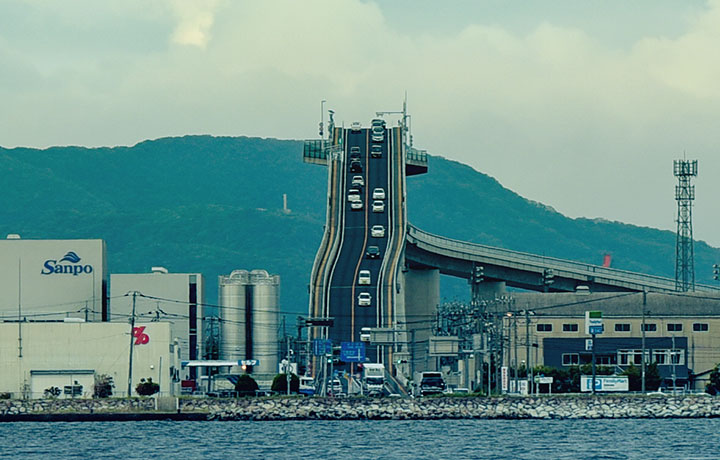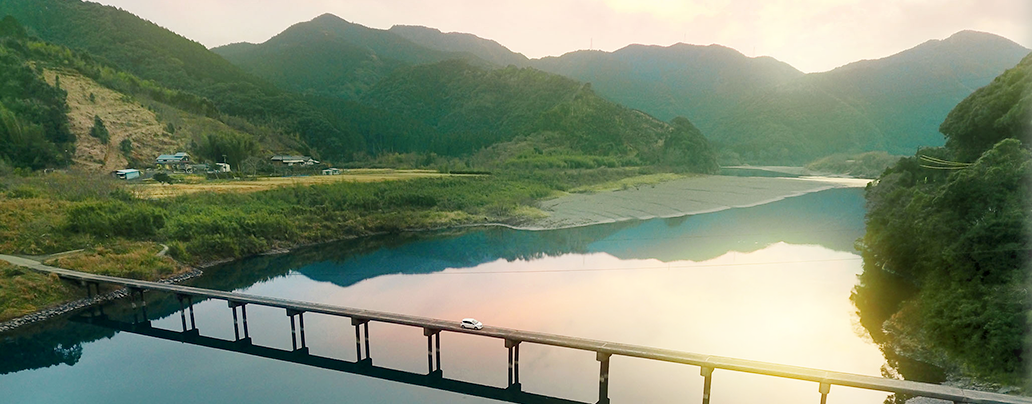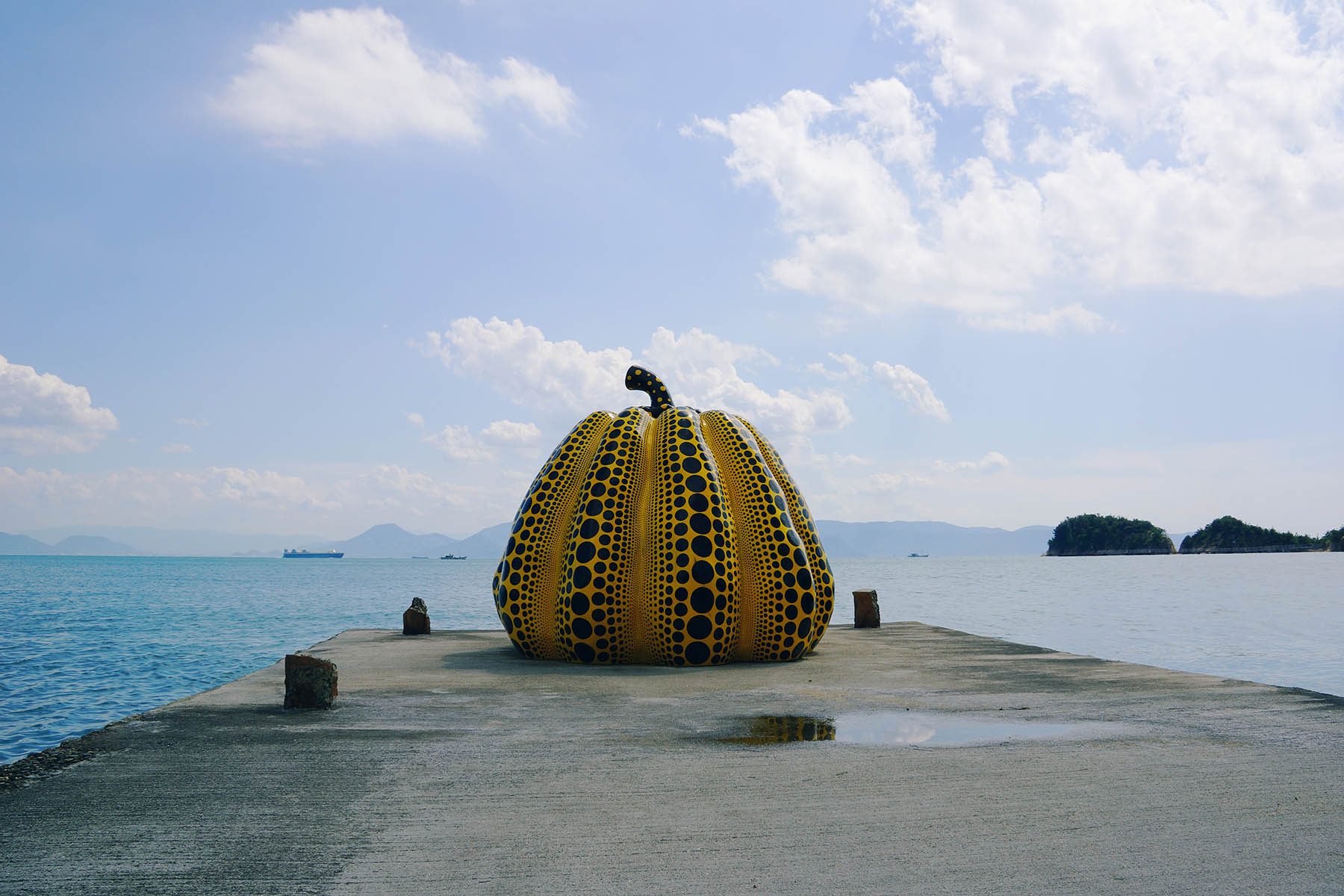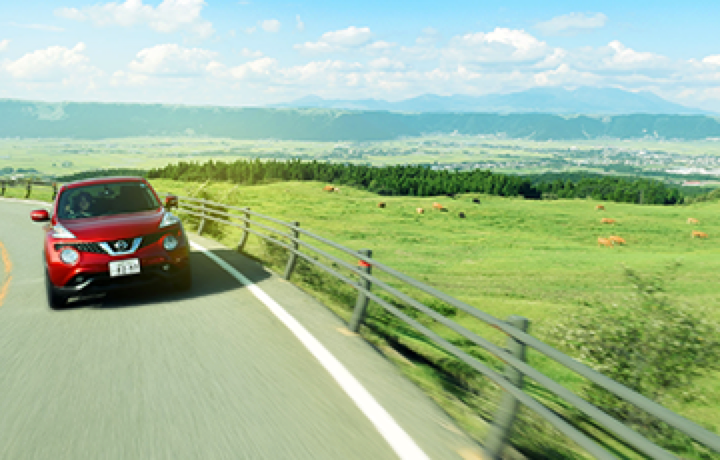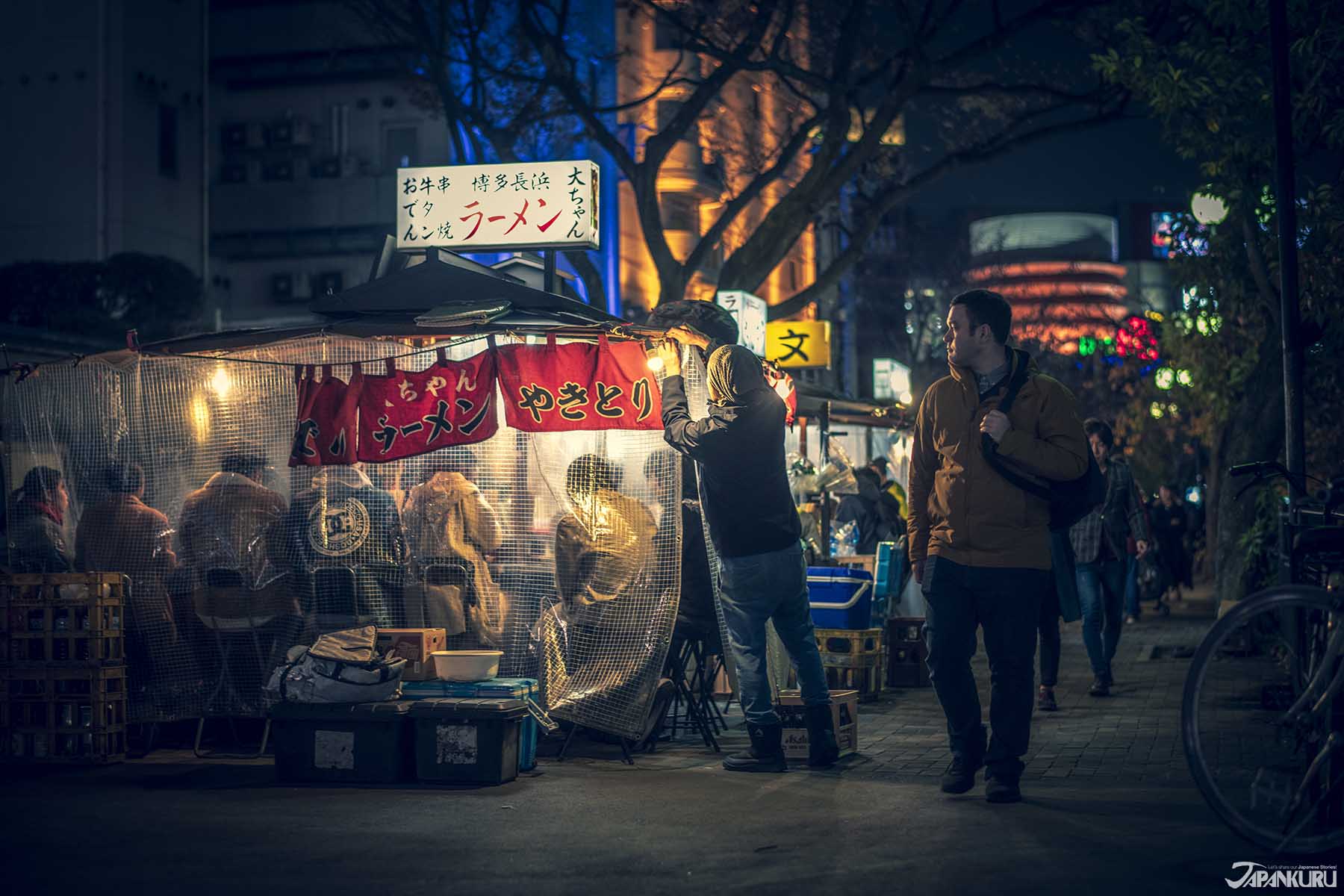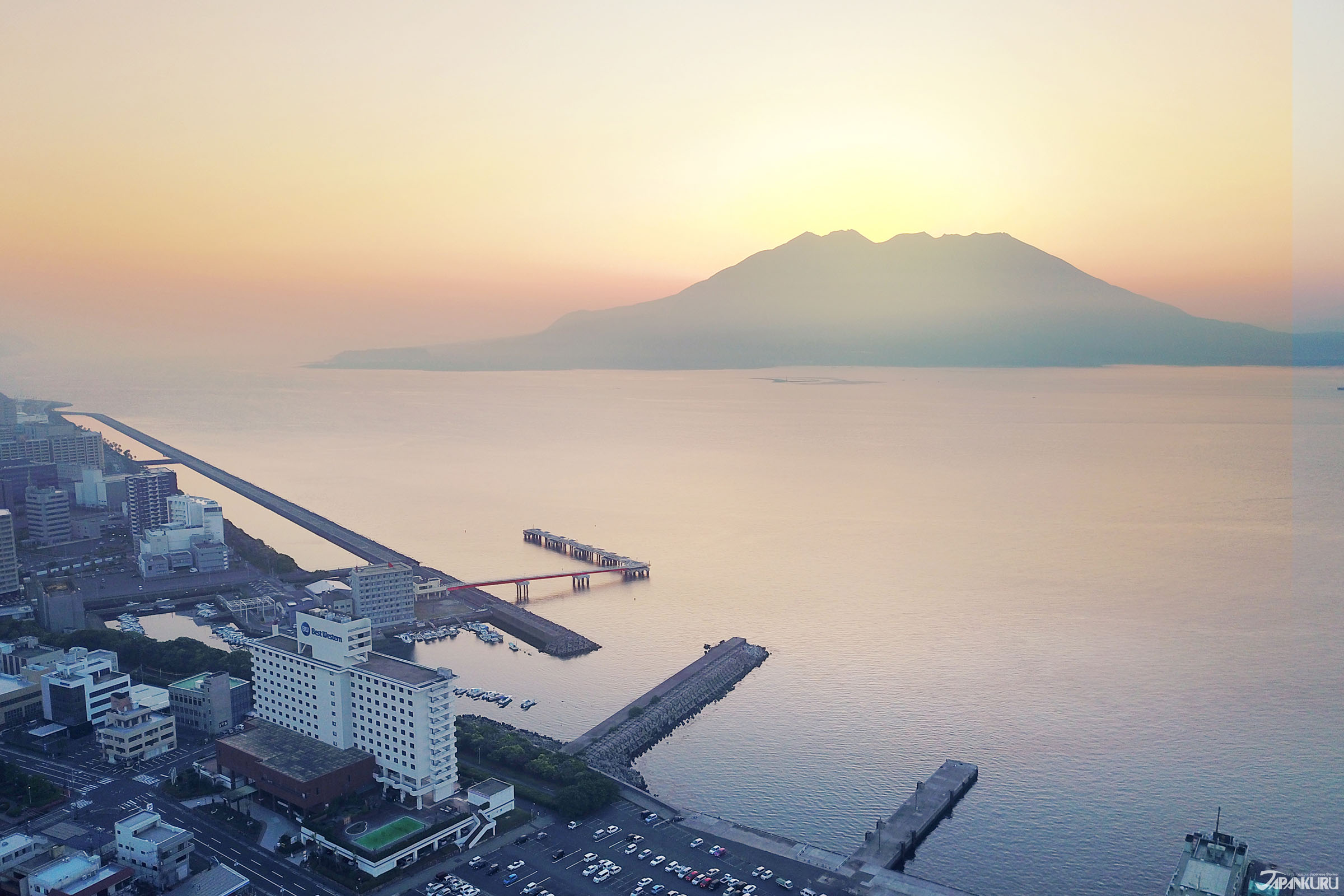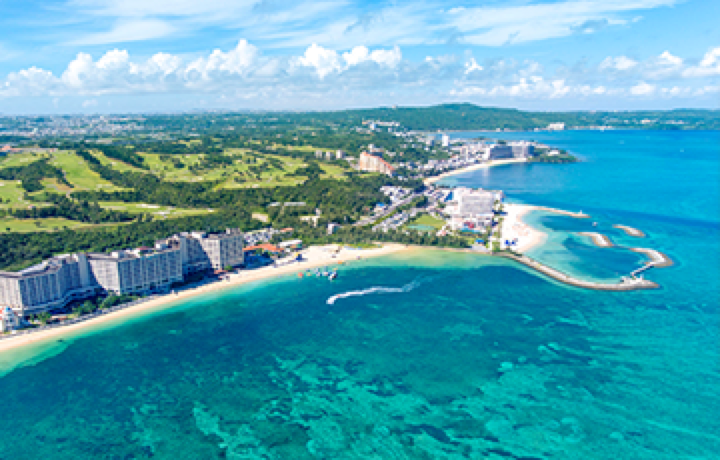CONTENTS
Ces trois festivals valent à eux-seuls la peine de se déplacer dans le Nord lors de votre voyage au Japon.
Trois festivals au Tohoku! Tanabata à Sendai, Nebuta à Aomori, et Kanto à Akita
Vous ne savez pas comment passer vos vacances d'été au Japon? Eh bien, compte tenu de l'humidité et de la chaleur oppressantes qui envahissent chaque été les destinations préférées des voyageurs japonais comme Tokyo et Kyoto, un voyage à travers le Tohoku dans la brise du nord du Japon pourrait bien être la solution.
Au Japon, l'été est la période des festivals, et cela est certainement vrai à Tohoku également. Trois grands festivals ont lieu chaque année dans la région, chacun étant unique et amusant. Les trois grands festivals de Tohoku sont le festival Nebuta d'Aomori, le festival Kanto d'Akita et le festival Tanabata de Sendai (à Miyagi), et avec un peu de planification minutieuse. vous pourrez peut-être les intégrer tous les trois sur un itinéraire d'une semaine!
① Aomori – Le festival Nebuta
Le festival japonais des lanternes et des chars de parade, le festival Aomori Nebuta (青森 ね ぶ た 祭, Aomori Nebuta Matsuri) a été officiellement désigné bien culturel folklorique immatériel important en 1980. Chaque année, le festival se tient du 2 au 7 août et attire régulièrement plus de 3 millions de touristes du Japon et du monde entier (bien plus que tous les autres festivals japonais similaires de Nebuta). De grandes lanternes «nebuta» (ね ぶ た) sont portées dans les rues d'Aomori comme des chars de parade, représentant des dieux japonais, des personnages de la mythologie ou parfois des personnages historiques légendaires.
Le festival existe depuis si longtemps que ses origines sont troubles, mais une théorie populaire affirme que les célébrations proviennent du shogun Sakanoue no Tamuramaro du 8ème siècle, qui a utilisé une cacophonie de tambours et de flûtes pour distraire les ennemis au combat. D'autres soupçonnent que le festival Nebuta est une ramification du festival Tanabata, qui lui-même a ses racines dans d'anciennes légendes chinoises.
Envie de participer?
Les voyageurs peuvent même faire partie du festival Nebuta, avec juste un peu de planification! Vous devrez acheter ou louer une tenue pour participer (liste des boutiques ici ― nous vous recommandons de réserver), vérifier les points de rendez-vous et arriver au moins dix minutes avant le début des festivités.
Aomori Nebuta Festival (青森ねぶた祭)
Official Website
Aout 1 | "Nebuta Eve" | 18:00 – 21:00
Aout 2~3 | Nebuta pour les enfants | 19:10 – 21:00
Aout 4~6 | Large Nebuta | 19:10 – 21:00
Aout 7 | Large Nebuta | 13:00 – 15:00
Feux d'artifice | 19:15 – 21:00
② Akita – Le festival Kanto
Un exploit vraiment impressionnant de force et de coordination, le festival Akita Kanto (秋田 竿 燈 ま つ り) commence avec près de 300 longs poteaux ornés d'énormes lanternes suspendues soulevées dans les airs au son de flûtes en bambou, un rituel conjurant le mal et un hommage aux dieux. Chacun des poteaux, appelés «kanto», mesure de 5 à 12 mètres de long et pèsent bien leurs poids. Mais chacun est porté par une seule personne, qui équilibre les bâtons et toutes les lanternes attachées sur leur paume, leur bas du dos, leur épaule, ou même leur front! Compte tenu de l'habileté et de la chance qu'il faut pour équilibrer une perche de 12 m et des dizaines de lanternes entre vos yeux, il est difficile de douter que les dieux du Japon n'aident pas un peu!
Akita Kanto Festival (秋田竿燈まつり)
Official Website
du 3~6 aout
Réservation à l'avance des tickets recommandées
③ Sendai (Miyagi) – le festival Tanabata
Les traditions japonaises de Tanabata ont une longue histoire, remontant à une légende chinoise d'amoureux maudits qui s'élèvent dans les cieux pour se voir dans le ciel une seule fois par an, au milieu de l'été. Le festival Sendai Tanabata (仙台 七夕 ま つ り), dans la préfecture de Miyagi, a commencé son histoire au 17ème siècle, grâce à Date Masamune, un puissant dirigeant régional qui a fondé la ville de Sendai elle-même.
Alors que la plupart des célébrations de Tanabata ont lieu le 7ème jour du 7ème mois de chaque année (7 juillet), Sendai choisit de célébrer un mois plus tard, et le festival dure du 6 au 8 août. Les rues de la ville accueillent chaque année un afflux de touristes quand environ 2 millions de personnes viennent voir les banderoles colorées du festival, les routes et les bâtiments dans toutes les directions et les défilés animés.
Sendai Tanabata Festival (仙台七夕まつり)
Official Website
Du 6~8 aout
Où allez-vous cet été? Parlez-nous de vos projets et du festival que vous souhaitez voir le plus ― vous pouvez aussi suivre Japankuru pour encore davantage d'informations sur le Japon, avec twitter, instagram, et facebook!
Details
NAME:Trois festivals du Tohoku
MAP
PROFILE
Follow us @Japankuru on Facebook, Instagram, and Twitter!
COMMENT
FEATURED MEDIA
VIEW MORE
・The new Tokyo flagship for Volcom Japan is a center for all things skateboarding, street fashion, art, and culture, all in the heart of Shibuya! ・Volcom日本旗艦店東京澀谷登場 本格派滑板街頭潮流藝文新據點 #Volcom #japankuru #shibuya #日本購物 #日本潮流 #日本街頭時尚 #澀谷 #東京購物 #東京購物推薦 #東京潮店 #澀谷潮店 #滑板 #雪板 #衝浪 #볼컴 #시부야

Which snacks make the best Japanese souvenirs?~ Jaga Pirika ~ 일본과자 선물 뭐하지?~자가피리카 편~ #pr #calbee #jagapokkuru #japanesesnacks #japanesefood #japanesesouvenir #japantravel #japantrip #naritaairport #hokkaido #나리타국제공항 #일본여행선물 #흔하지않은기념품 #일본쇼핑리스트 #일본과자추천 #고구마과자 #일본간식추천 #일본면세점쇼핑 #개별포장 #일본감자칩 #도쿄나리타공항면세점 #현지인추천 #일본여행 #일본기념품리스트 #자가포쿠루 #자가피리카

Asakusa's Sanja Matsuri, one of the biggest festivals in all of Tokyo, is almost here! Make sure you check out the festival route so you don't miss all the festivities this May. #asakusa #sanjafestival #sanjamatsuri #asakusashrine #sensoji #sensojitemple #japanesefestival #shintoshrine #japaneseculture #tokyo #tokyotrip #tokyotravel #asakusasightseeing #matsuri #japantrip #japantravel #springinjapan #tokyotravel #japankuru #산자마츠리 #아사쿠사 #일본마츠리 #일본여행 #일본5월

Odaiba's DiverCity Tokyo Plaza is home to the famous real-size 20m-tall Unicorn Gundam, and the popular shopping center has even more Gundam on the inside! Check out the Gundam Base Tokyo on the 7th floor for shelves upon shelves of Gunpla, and the Gundam Base Tokyo Annex on the 2nd floor for cool anime merchandise. Both shops have tons of limited-edition items! #pr #odaiba #tokyo #tokyotrip #japantrip #japantravel #PR #divercity #divercitytokyoplaza #tokyoshopping #gundam #unicorngundam #gundambasetokyo #anime #otaku #gunpla #japankuru #오다이바 #다이바시티도쿄 #오다이바건담 #건담 #일본건담 #건프라 #건담베이스도쿄

Evangelion, in miniature!? Tokyo's SMALL WORLDS Miniature Museum is actually a must-see for anime lovers, thanks to the tiny Evangelion Hangar and Tokyo-III... plus a whole universe of other scenes both real and fictional. #smallworlds #smallworldstokyo #tokyotrip #tokyotravel #evangelion #eva #anime #miniature #miniatures #animefigure #japantrip #japantravel #에반게리온 #스몰월드 #에반겔리온 #スモールワールズ #오다이바 #아리아케

Have you sat down for a snack at Sumida Aquarium yet? This aquarium next to Tokyo Skytree is known for its penguins and garden eels, but we can't get enough of their cute snacks! There are lots of good seats around the aquarium, too, so it almost feels like one big cafe. 🐧 • Find out more at Japankuru.com! (Link in bio.) • #japankuru #sumidaaquarium #skytree #tokyoskytree #solamachi #sumida #tokyo #tokyotrip #tokyotravel #aquarium #japanesesweets #themecafe #すみだ水族館 #Japan #日本 #일본 #Japon #ญี่ปุ่น #Japão #япония #japantravel #日本旅行 #日本旅遊 #japan_of_insta #japantrip #traveljapan #japan🇯🇵 #igerstokyo #explorejapan

For anime fans, the Evangelion areas at Small Worlds Miniature Museum are a must see! The tiny miniature people in the Evangelion Hangar look like ants beneath the moving Unit-01, Unit-00, and Unit-02! And over in Tokyo-III, characters like Shinji, Rei, and Katsuragi live life on a miniature scale. #odaiba #tokyo #tokyotrip #japantrip #japantravel #ariake #smallworlds #miniaturemuseum #smallworldstokyo #tokyotravel #evangelion #eva #anime #miniature #miniatures #animefigure #japankuru #스몰월드 #에반게리온 #오다이바 #오다이바관광 #오다이바스몰월드 #미니어쳐











